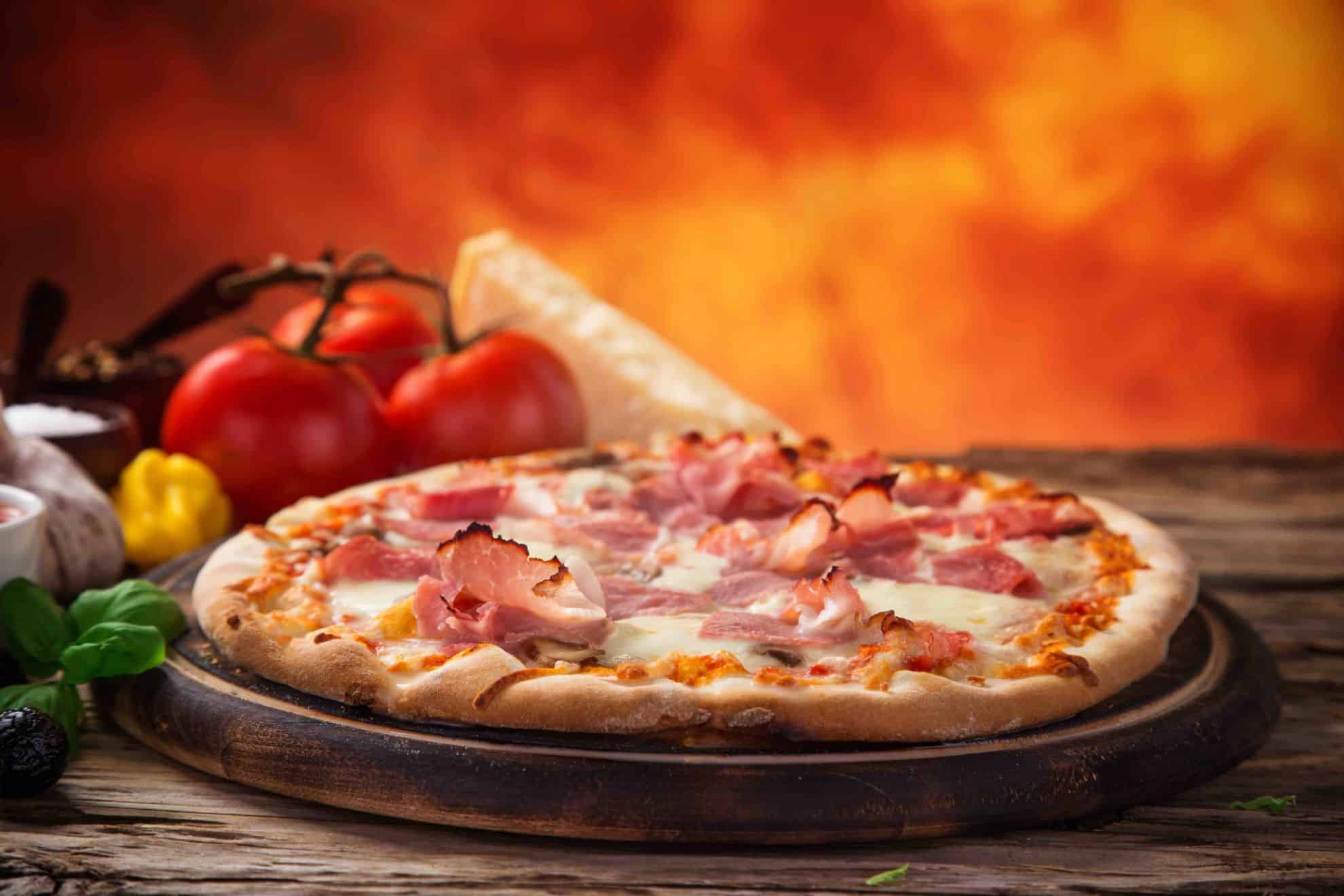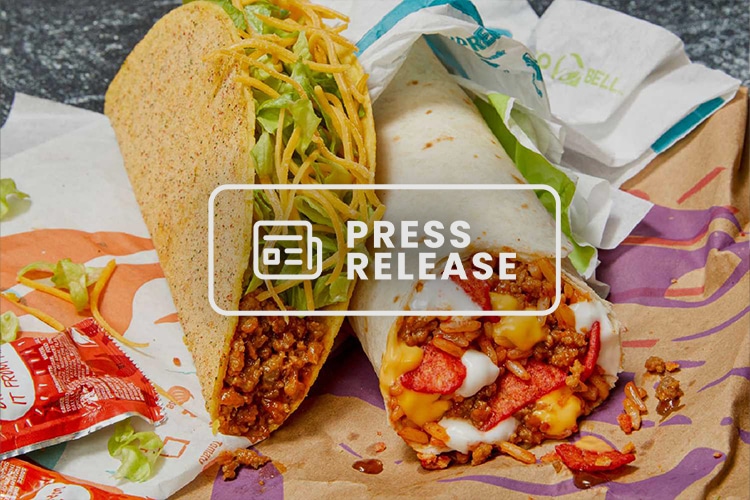Every customer who orders from your restaurant takes a look at your menu. With this visibility, restaurant menu engineering provides a huge opportunity to grow your profits and ensure a great customer experience.
A profitable menu doesn’t happen by accident. A detailed understanding of your food costs, menu pricing, and average contribution margin allows you to leverage menu item data into smart, informed restaurant menu marketing.
Menu engineering helps you ensure guests are picking the most profitable items on your menu, making it one of your most effective tools for maintaining a healthy bottom line.
Getting started with menu engineering
Restaurant menu engineering leverages data about the profitability versus popularity of individual restaurant menu items, enabling menu adjustments that promote your most profitable menu items. Menu engineering uses a granular analysis of menu item performance to encourage customers to buy what you want them to buy. By focusing on each item’s profitability and popularity, you can pinpoint what needs adjusting to optimize your bottom line.
Menu engineering decisions that increase restaurant profit are made based on two main data points: demand and contribution margin. This is critical data about items sold (pulled from integrated POS sales mix), compared to item contribution margin (drawn from your recipe costing).
Menu engineering’s impact on profit margin
Restaurant owners, operators, and managers can leverage menu engineering data to grow a restaurant’s profit margin. Menu engineering not only traces how items on your menu contribute to your bottom line individually, but it also analyzes the product mix to determine what adjustments can improve overall profitability.
Once you know which menu items you want to drive customers to buy, you are able to optimize your bottom line. By understanding which items are “dead weight” on your menu, you can strategically make menu pricing adjustments instead of making across-the-board price increases. Menu engineering also helps ensure you’re not selling a popular item at low margins, and allows you to seize new menu opportunities with high-margin items that suffer from low sales.
Automating the data collection for the menu engineering process through restaurant operations software makes trends easy to visualize. Automating the process also allows you to see detailed sales analysis, and even track it through to server performance. Menu engineering is most effective when you have an accurate, up-to-date picture of each menu item’s contribution margin and sales record.
Creating a Successful Menu
Track the profitability of menu items through menu costing
Menu engineering depends first on understanding each menu item’s profitability, based on your recipe costing. Recipe costing tracks the usage and yield from each food item (especially if used in multiple recipes). Menu costing is calculated down to the penny, including both the cost of each individual ingredient (even cooking oils and seasonings) and the purchasing costs.
Menu costing by hand is very difficult, time consuming, and error prone. To maintain accuracy, most operators choose to automate their menu costing with restaurant operations software.Automating recipe costing with your integrated POS and restaurant accounting system ensures up-to-date, accurate data. With a restaurant-specific accounting and operations system that includes integrated inventory management and menu engineering as part of the platform, the system can automatically update your recipe costing as vendor and food costs change.
Evaluate your menu profitability, based on menu mix reports
Once you understand each menu item’s recipe cost, you are able to analyze profitability based on an item’s “contribution margin” (the menu price minus the food cost). Menu engineering focuses on maximizing the average contribution margin of each guest’s order.
A menu mix report from your restaurant operations reporting software can help you analyze the selling price, cost, and contribution margins for menu engineering decisions over a specific time period. The menu mix report shows more than sales tickets, allowing you to drill down into items sold by category, location, or server. This report also tracks the profit for each menu item, as well as what price would be required to hit your target food cost percentage.
Once you comprehend each item’s profits, you are one step closer to determining what price adjustments will add to your bottom line. The most common way to analyze the profitability and popularity of menu items is to plot them on a menu engineering matrix, ranking the popularity and profitability of each menu item into four general performance categories, which we’ll analyze in the following section.
Use menu engineering information to make data-driven adjustments
Once you know quantities of items sold and contribution margin of your items, you are able to group them into four relative categories.
Stars: popular and profitable
These are the standouts on your menu: popular items that your customers love, and profitable menu items for your bottom line. Keep these items consistent and promote them extremely visibly on your menu. To boost profits even further, consider training servers to suggest these items to customers.
Opportunities: popular, but unprofitable
These are the dishes that may be popular menu staples, but their contribution margin is relatively low. The key to optimizing these opportunities is to create a more profitable version without decreasing popularity. This can be done by increasing prices or by reducing ingredient cost or portion size.Puzzle: profitable, but unpopular
These items are profitable, but the challenge is encouraging customers to buy them. This requires some creative adjustments, highlighting these items on your restaurant menu, training servers to suggestively sell them, or investigating recipe or menu pricing changes that would make the item more appealing to customers.
Dog: unpopular and unprofitable
These items are the “dead weight” on your menu that could be replaced by more profitable or popular items. While these menu items may be obvious candidates for the chopping block, you might want to keep some of those items if they help your profit margin by allowing the use of leftovers or requiring minimal labor.
Once you have identified your profit drivers as well as weak spots in the menu, you can adjust prices and food costs to maximize your profit while maintaining customer satisfaction.
Reevaluate decisions and continue to analyze reports
After making adjustments using menu engineering, evaluate the results using your restaurant operations reporting software. Your menu mix reports, contribution margin analysis, and sales ticket history can continue to inform and improve your menu engineering decisions. Menu engineering should be updated frequently to keep up with customer preferences and marketplace changes.
Restaurant menu engineering tipsAbove all, you are looking to guide your guests to profitable menu items in the short time period they spend looking at the restaurant menu. While much of restaurant menu engineering can be measured with data, some of it can also be based on psychological behaviors and trends. Consider these psychological tips and tricks to nudge customers toward the dishes you want them to order.
- Use visual cues to highlight specific menu items. Place a box, asterisk, or label special or new items in each menu section.
- Present your pricing information within item descriptions, prompting customers to focus on the item rather than the price.
- Avoid using a non-round number (like $8.99) to keep the customer’s focus on the item, not their budget. Keep it simple by pricing only in 50-cent increments. Your item cost would appear on the menu as 24 or 24.5 rather than $24.00 or $24.50.
- Create appealing, interesting language to describe your items, rather than just listing ingredients, to offset your price information. For example, instead of describing your signature pasta dish as, “lasagna with marinara and mushroom sauce,” try “layers of our housemade pasta, filled with an artful blend of mozzarella, fontina and parmesan cheeses, covered with our chef’s distinctive tomato-mushroom and marinara sauces, and a hint of basil.” The more elaborate description commands a higher price point.
- Mimic the “Golden Triangle” concept, coined by psychologists, which shows that our eye movements tend to start in the middle of a visual first, then the top right corner, and then the top left. Place your key dishes in these naturally highlighted areas.
- Psychology studies also show that people tend to remember the first and last item in a series. Place your star or puzzle dishes either first or last in each section to guide customers to order those items.
Why use menu engineering?
Menu engineering can not only grow your restaurant profits, but it can also improve guest satisfaction. While there are many moving pieces necessary to analyze your restaurant menu performance, menu engineering can help protect your bottom line, ensure healthy contribution margins, and increase sales growth in the future.
If you’d like to learn more about how to automate the menu engineering process, consider a comprehensive, restaurant-specific accounting and operations solution that includes menu engineering and inventory management as part of the platform. With Restaurant365, you can gain insight into operations and food costs in the moment, based on completely up-to-date information. Restaurant365 incorporates restaurant accounting software and restaurant operations software into an all-in-one, cloud-based platform that’s integrated with your Point-of-Sale system, as well as to your food and beverage vendors, payroll vendor and bank. For more information, schedule a free demo.



